Search
materials and coatings
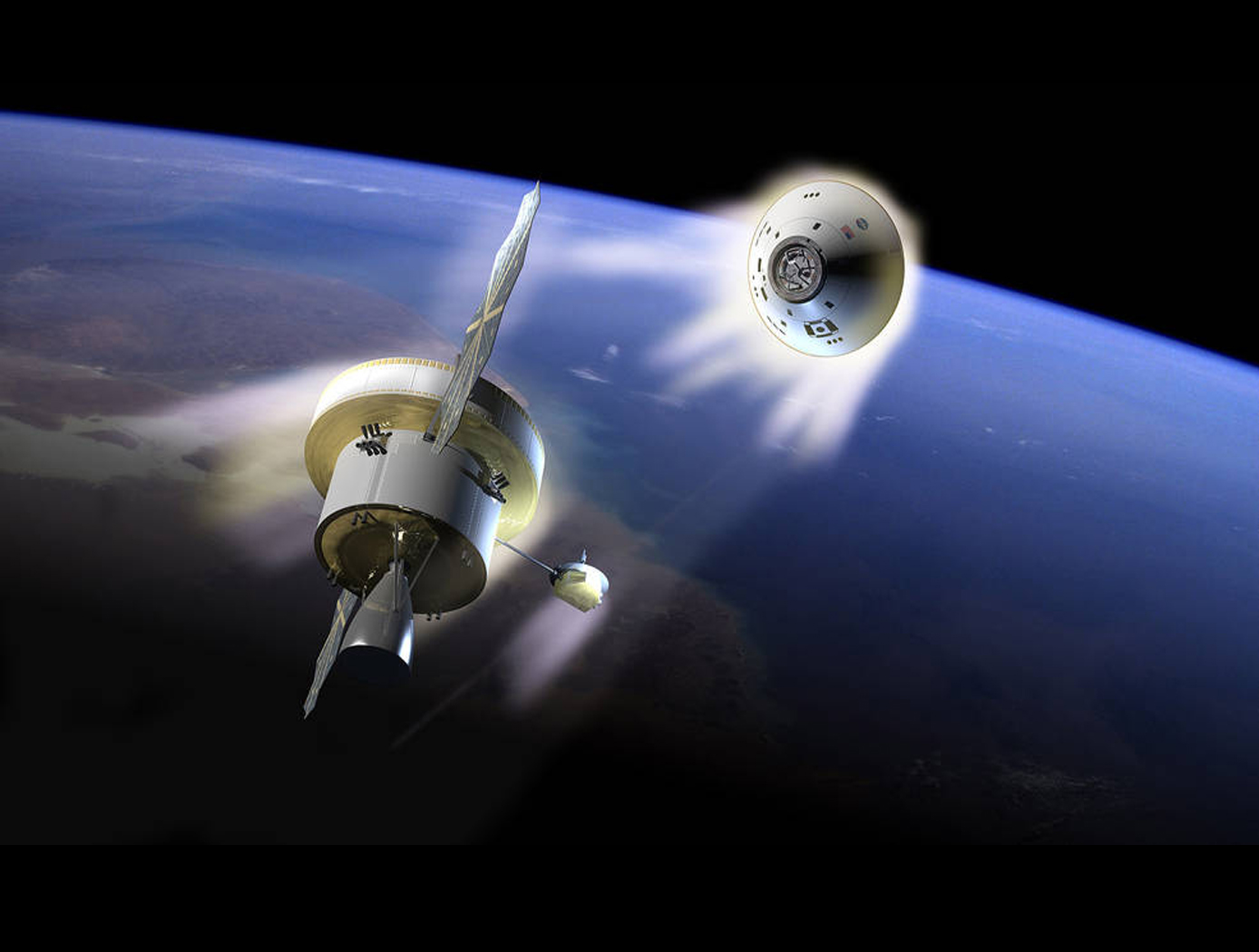
New Resin Systems for Thermal Protection Materials
This method produces a low density ablator similar to Phenolic Impregnated Carbon Ablator (PICA) using a cyanate ester and phthalonitrile resin system, rather than the heritage phenolic resin. Cyanate ester resin systems can be cured in a carbon matrix and generate high surface area structure within the carbon fibers. This helps to reduce the thermal conductivity of the material which is one of the key requirements of thermal protection system (TPS) materials. The material has densities ranging from 0.2 to .35 grams per cubic centimeter. NASA has successfully processed the cyanate ester and phthalonitrile resins with a morphology similar to that of the phenolic phase in PICA, but with more advanced properties such as high char stability, high char yield, and high thermal stability. This new generation of TPS materials has the same microstructure as heritage PICA, but improved characteristics of PICA such as increased char yield, increased char stability, increased thermal stability and increased glass transition temperature.
materials and coatings
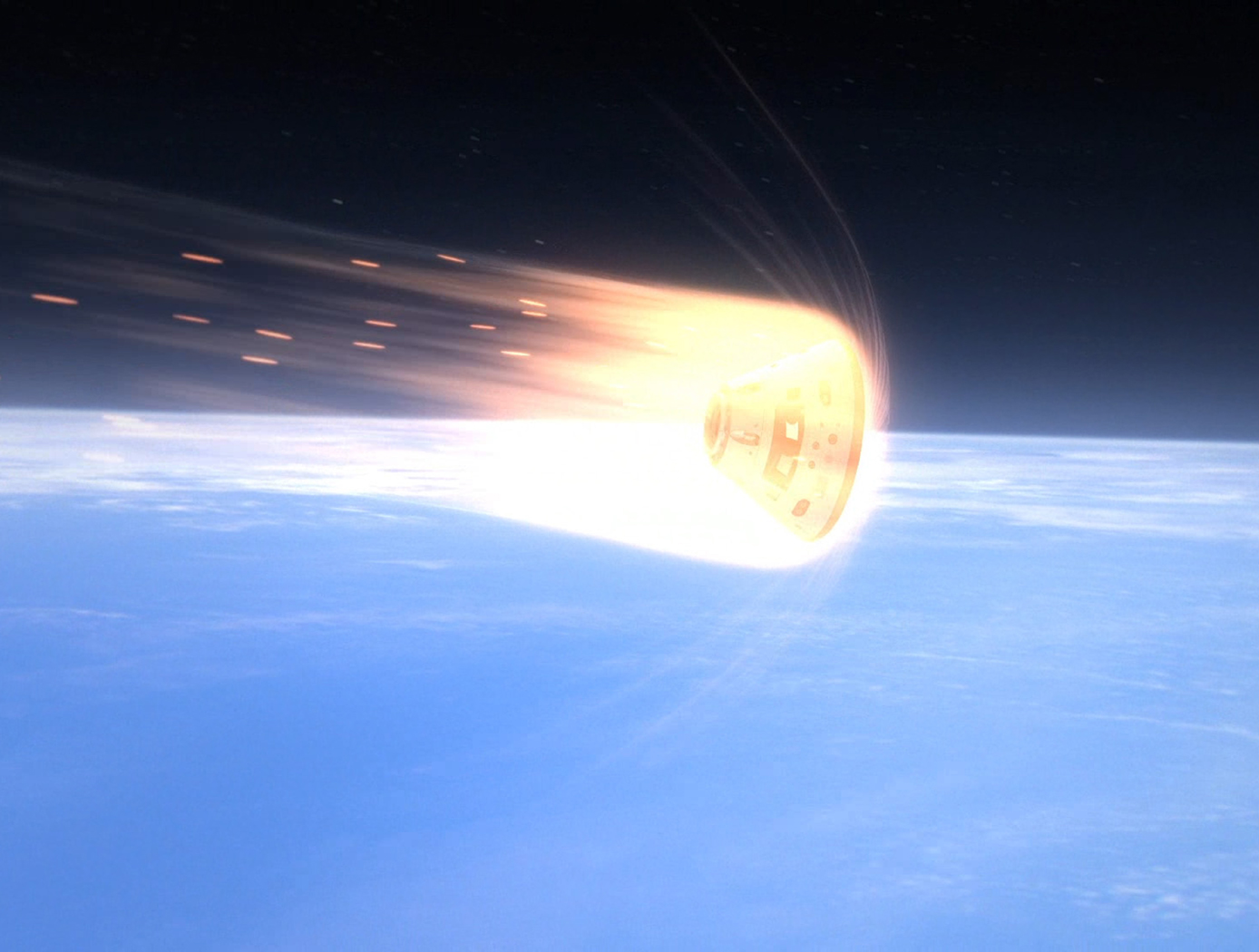
A New Family of Low-Density, Flexible Ablators
The invention provides a family of low density, flexible ablators comprising of a flexible fibrous substrate and a polymer resin. The flexible ablators can withstand a wide range of heating rates (40-540 Watts/cm2) with the upper limit of survivable heat flux being comparable to the survivable heat flux for rigid ablators, such as PICA and Avcoat. The amount and composition of polymer resin can be readily tailored to specific mission requirements. The material can be manufactured via a monolithic approach using versatile manufacturing methods to produce large area heat shields, which provides a material with fewer seams or gaps. The goals of the work are primarily twofold: (i) to develop flexible, ablative Thermal Protection System (TPS) material on a large, blunt shape body which provides aerodynamic drag during hypervelocity atmospheric entry or re-entry, without perishing from heating by the bow shock wave that envelopes the body; and (ii) to provide a relatively inexpensive TPS material that can be bonded to a substrate, that is unaffected by deflections, by differences in thermal expansion or by contraction of a TPS shield, and that is suitable for windward and leeward surfaces of conventional robotic and human entry vehicles that would otherwise employ a rigid TPS shield. This technology produces large areas of heat shields that can be relatively easily attached on the exterior of spacecraft.
Materials and Coatings

Multifunctional Ablative Thermal Protection System
The initial compression pad design for Orion was complex and limited to Earth orbit return missions, such as the 2014 Exploration Flight Test-1 (EFT-1). The 2-D carbon phenolic material used for EFT-1 has relatively low interlaminar strength and requires a metallic sheer insert to handle structural loads. There are few options for materials that can meet the load demands of lunar return missions due to performance or part-size limitations. The 3DMAT material is a woven fiber preform fully densified with cyanate ester resin. It produces a large composite with significant structural capabilities and the ability to withstand high aerothermal heating environments on its outer surface while keeping the inner surface cool and protected from the aerothermal heating. The robustness of the 3DMAT material is derived from high fiber volume (>56%), 3-D-orthoganol architecture, and low porosity (0.5%). Orion has adopted 3DMAT for all future MPCV missions, including EM-1 schedule to launch in 2018.
Materials and Coatings
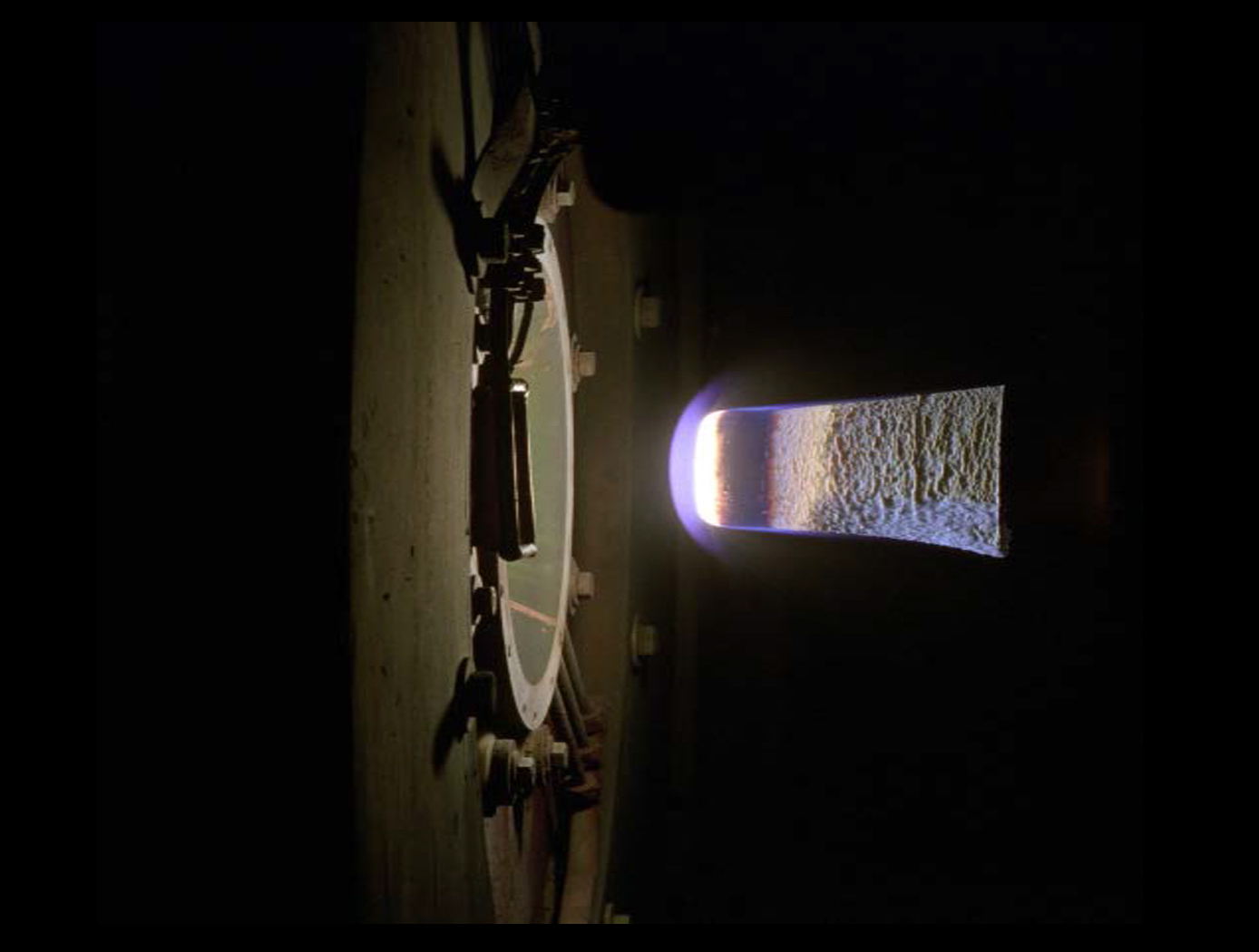
Creating Low Density Flexible Ablative Materials
The low density flexible ablator can be deployed by mechanical mechanisms or by inflation and is comparable in performance to its rigid counterparts of the same density and composition. Recent testing in excess of 400W/cm2 demonstrated that the TPS char has good structural integrity and retains similar flexibility to the virgin material, there by eliminating potential failure due to fluttering and internal stress buildup as a result of pyrolysis and shrinkage of the system. These flexible ablators can operate at heating regimes where state of the art flexible TPS (non-ablative) will not survive. Flexible ablators enable and improve many missions including (1) hypersonic inflatable aerodynamic decelerators or other deployed concepts delivering large payload to Mars and (2) replacing rigid TPS materials there by reducing design complexity associated with rigid TPS materials resulting in reduced TPS costs.
propulsion
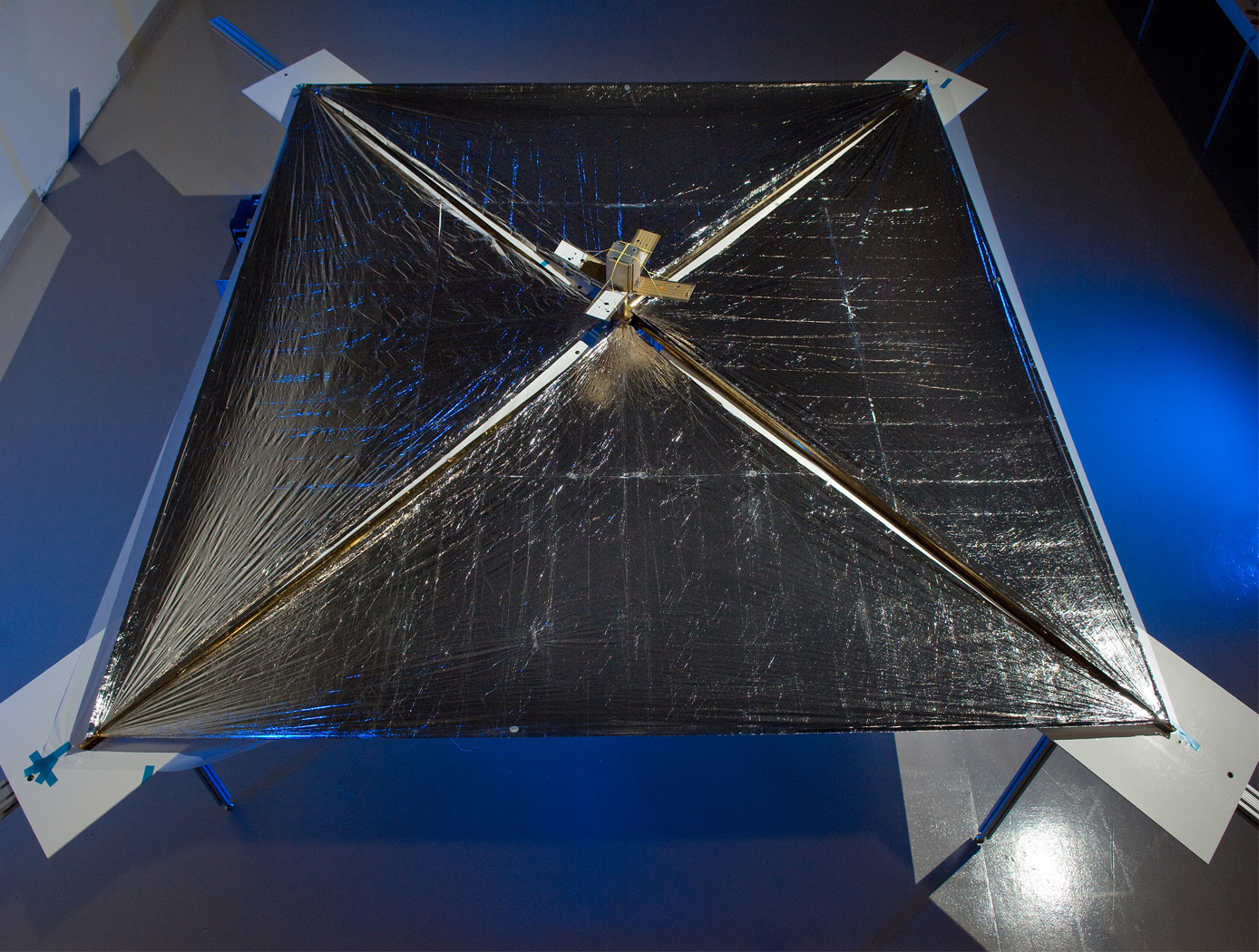
SMART Solar Sail
The SMART solar sail includes a reflective film stretched among nodes of a SMART space frame made partly of nanotubule struts. A microelectromechanical system (MEMS) at each vertex of the frame spools and unspools nanotubule struts between itself and neighboring nodes to vary the shape of the frame. The MEMSs is linked, either wirelessly or by thin wires within the struts, to an evolvable neural software system (ENSS) that controls the MEMSs to reconfigure the sail as needed. The solar sail is highly deformable from an initially highly compressed configuration, yet also capable of enabling very fine maneuvering of the spacecraft by means of small sail-surface deformations. The SMART Solar Sail is connected to the main body of the spacecraft by a SMART multi-tether structure, which includes MEMS actuators like those of the frame plus tethers in the form of longer versions of the struts in the frame.
materials and coatings
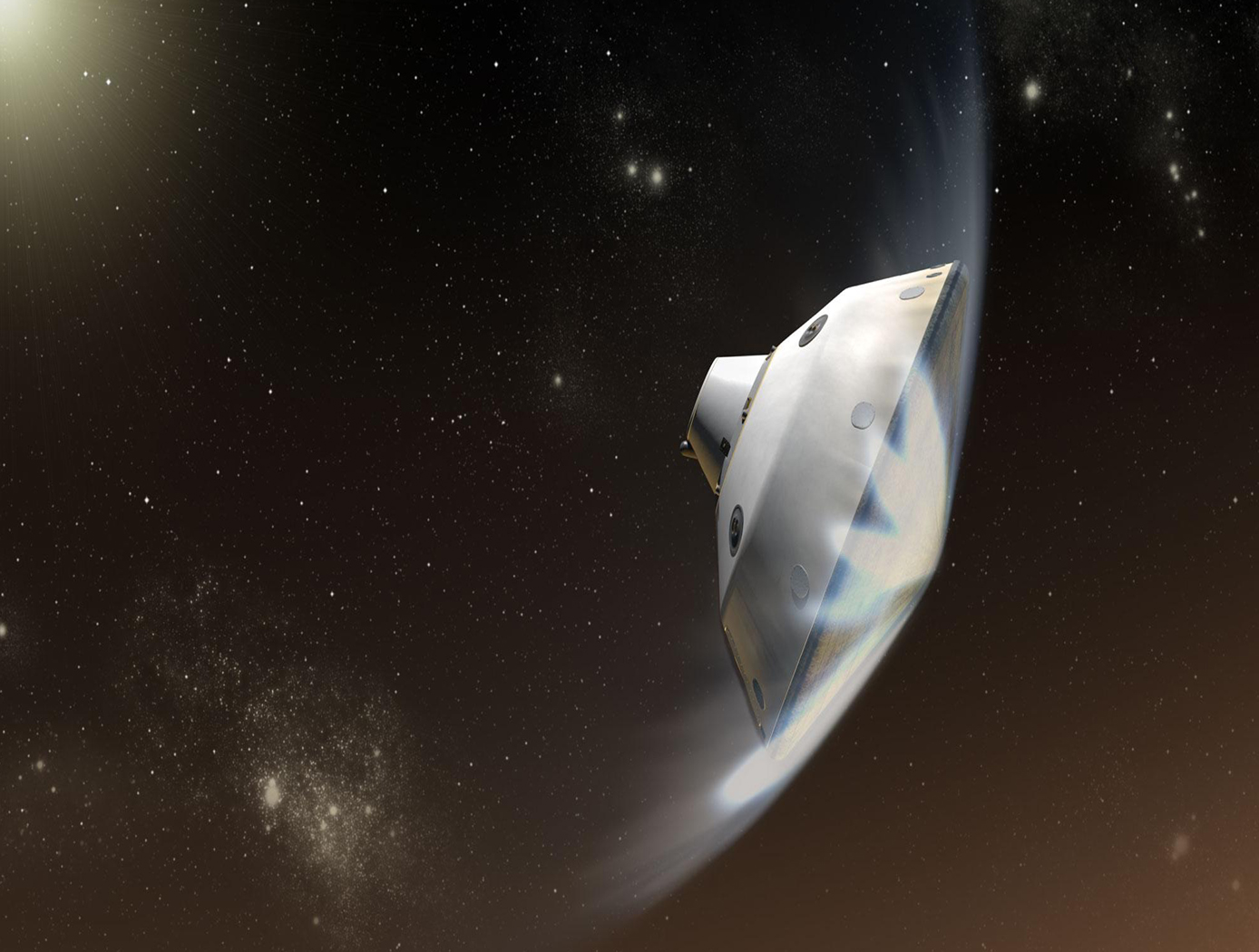
Surface Densification Of Phenolic Impregnated Carbon Ablator (PICA)
The graded Thermal Protection System (TPS) offers a lower density than comparable state-of-the-art TPS systems operating at similar maximum heating conditions. This approach is straight forward in terms of processing and surface-treatment application and can be applied to machine PICA materials without having an effect on the final tolerance. The process results in increased usability and handling since standard uncoated PICA is relatively weak. Surface-densified PICA provides an approach for improvements in the robustness for the baseline CEV heat shield. A graded approach eliminates the need for joints and/or bonding agents between material plies. PICA surface densification offers robust mechanical protection against transit damage, handling damage, and in-flight object damage.
information technology and software
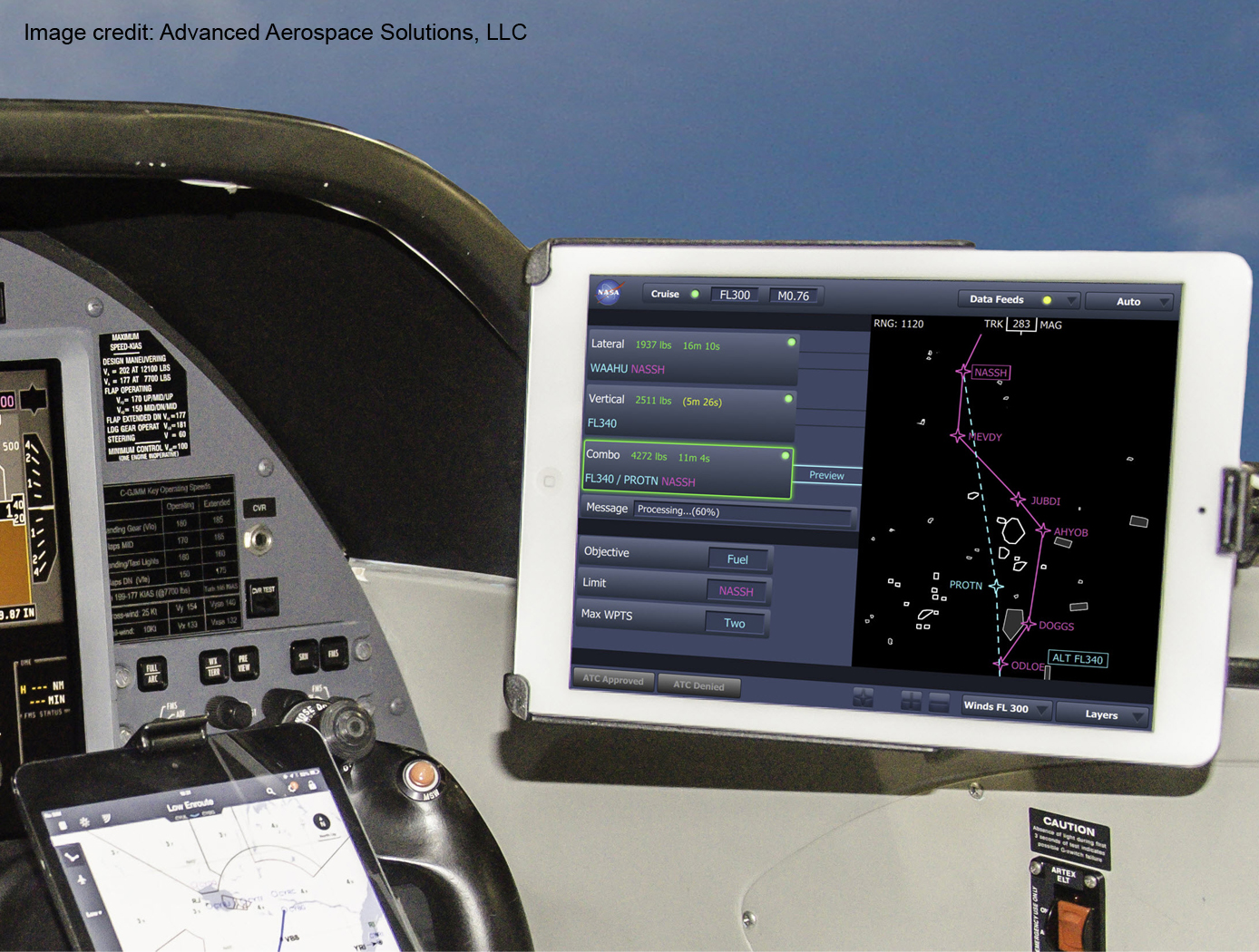
Traffic Aware Strategic Aircrew Requests (TASAR)
The NASA software application developed under the TASAR project is called the Traffic Aware Planner (TAP). TAP automatically monitors for flight optimization opportunities in the form of lateral and/or vertical trajectory changes. Surveillance data of nearby aircraft, using ADS-B IN technology, are processed to evaluate and avoid possible conflicts resulting from requested changes in the trajectory. TAP also leverages real-time connectivity to external information sources, if available, of operational data relating to winds, weather, restricted airspace, etc., to produce the most acceptable and beneficial trajectory-change solutions available at the time. The software application is designed for installation on low-cost Electronic Flight Bags that provide read-only access to avionics data. The user interface is also compatible with the popular iPad. FAA certification and operational approval requirements are expected to be minimal for this non-safety-critical flight-efficiency application, reducing implementation cost and accelerating adoption by the airspace user community.
Awarded "2016 NASA Software of the Year"
information technology and software
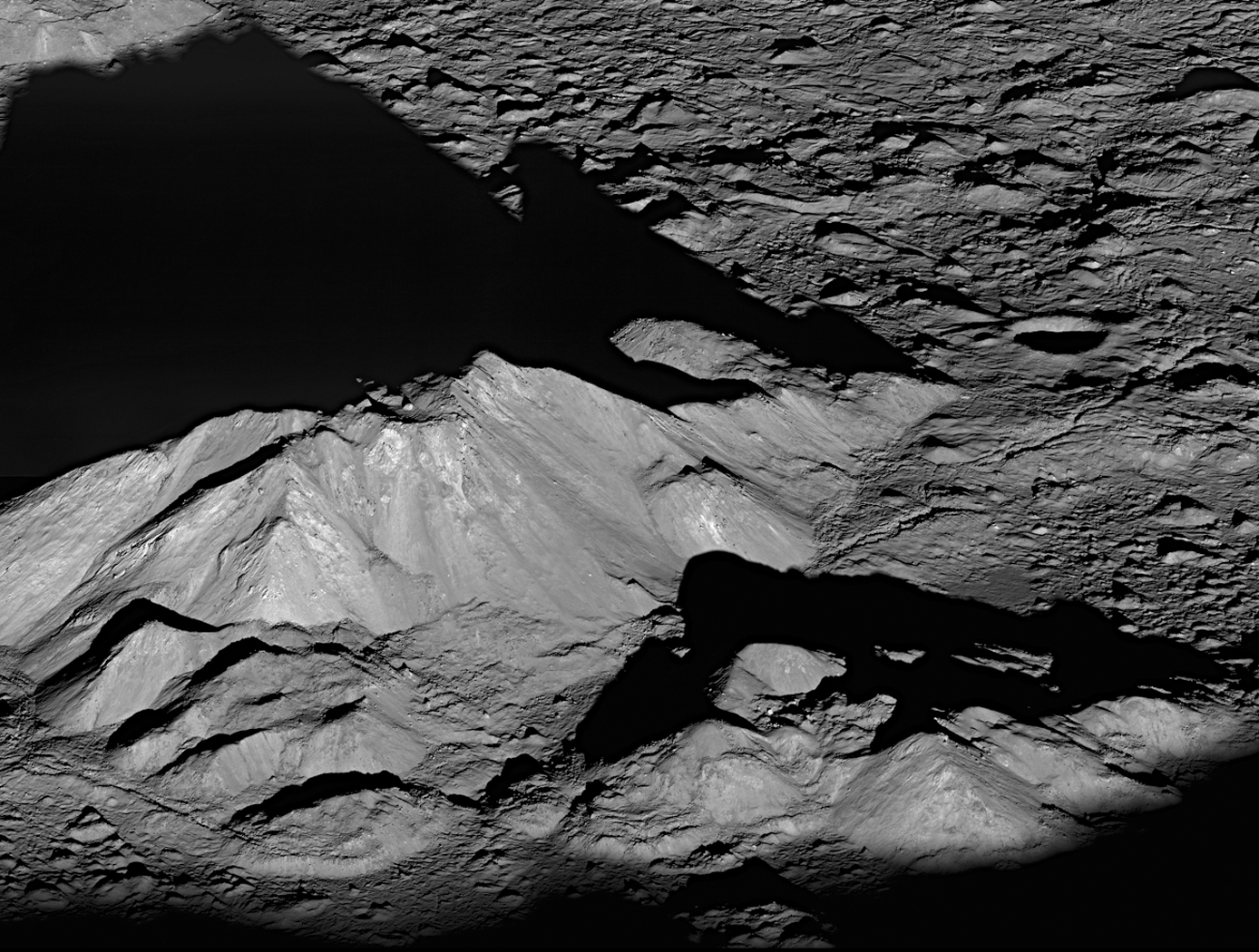
Space Link Extension Return Channel Frames (SLE-RCF) Software Library
The Space Link Extension Return Channel Frames (SLE-RCF) software library helps to monitor the health and safety of spacecraft by enabling space agency ground support and mission control centers to develop standardized and interoperable mission control applications for space telemetry data. The software library eliminates the need for missions to implement custom data communication designs to communicate with any ground station. The two main tasks accomplished via the SLE-RCF software library are processing user requests and receiving data from ground stations and ground support assets.
The software library contains three layers:
-SLE (Space Link Extension) for the abstract workings of the protocol
-DEL (Decoding and Encoding Layer) to decode and encode the abstract messages used by the SLE layer
-TML (Transport Mapping Layer) to transfer the encoded messages via some underlying transport layer protocol, such as as the transmission control protocol (TCP)
The library accepts configuration or SLE-RCF directives from the user and responds accordingly. Incoming data, both telemetry frames and status messages, are processed and the appropriate callback routines are triggered by the library.
Aerospace
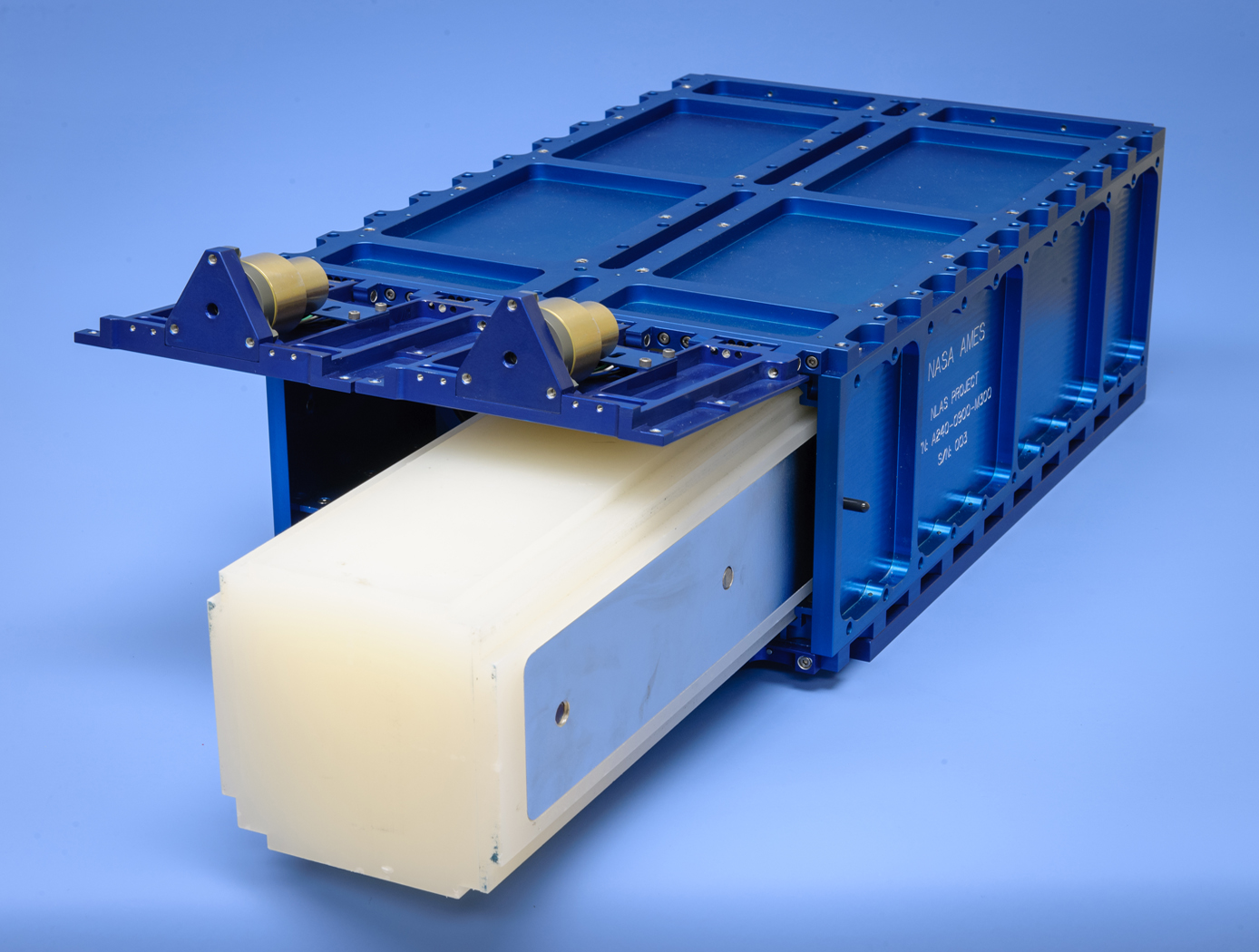
Nanosatellite Launch Adapter System
NLAS consists of three configurable subsystems to meet the needs of a multi-spacecraft launch. The Adapter is the primary structure that provides volume for secondary payloads between the rocket and the primary spacecraft. The Adapter takes advantage of the frequently unused volume within the rocket fairing. It fits up to 4 NLAS Dispenser units, or 8 eight Poly-PicoSatellite Orbital Deployers (P-PODs), or any combination thereof. The NLAS Dispenser is reconfigurable to support either two 3U bays or a single 6U bay and is compatible with 1U, 1.5U, 2U, 3U, and 6U satellites. The Dispenser system is the first 6U deployment system backwards compatible to 3U spacecraft. Finally, the NLAS deployment Sequencer is an internally powered subsystem which accepts an initiation signal from the launch vehicle and manages the actuations for each deployment device per a user programmable time sequence. It is programmed using ground support equipment (GSE) and a simple graphical user interface (GUI) on a computer.
manufacturing
.jpg)
Interim, In Situ Additive Manufacturing Inspection
The in situ inspection technology for additive manufacturing combines different types of cameras strategically placed around the part to monitor its properties during construction. The IR cameras collect accurate temperature data to validate thermal math models, while the visual cameras obtain highly detailed data at the exact location of the laser to build accurate, as-built geometric models. Furthermore, certain adopted techniques (e.g., single to grouped pixels comparison to avoid bad/biased pixels) reduce false positive readings.
NASA has developed and tested prototypes in both laser-sintered plastic and metal processes. The technology detected errors due to stray powder sparking and material layer lifts. Furthermore, the technology has the potential to detect anomalies in the property profile that are caused by errors due to stress, power density issues, incomplete melting, voids, incomplete fill, and layer lift-up. Three-dimensional models of the printed parts were reconstructed using only the collected data, which demonstrates the success and potential of the technology to provide a deeper understanding of the laser-metal interactions. By monitoring the print, layer by layer, in real-time, users can pause the process and make corrections to the build as needed, reducing material, energy, and time wasted in nonconforming parts.



